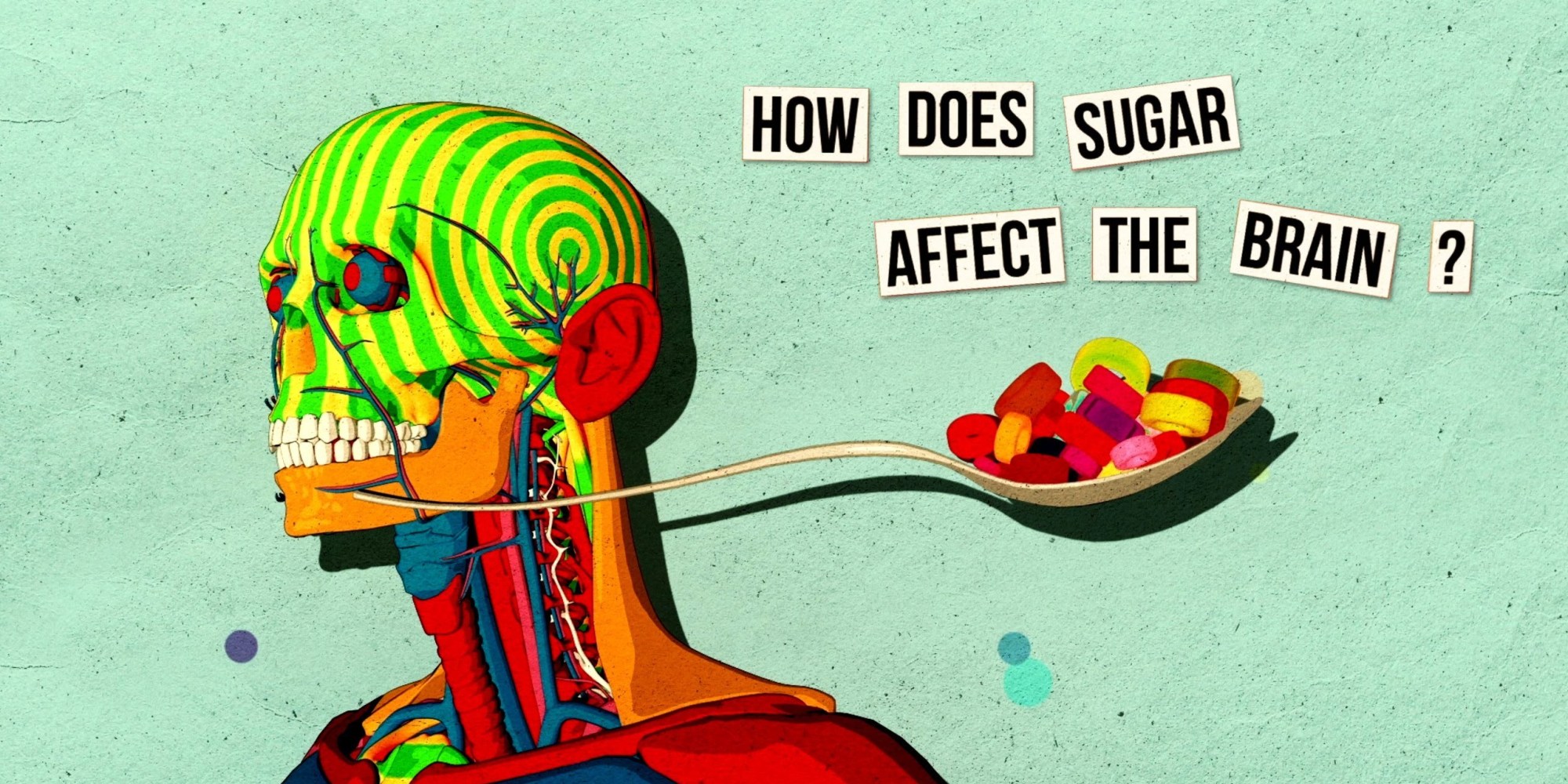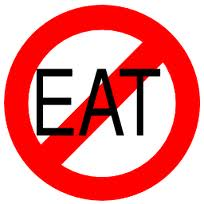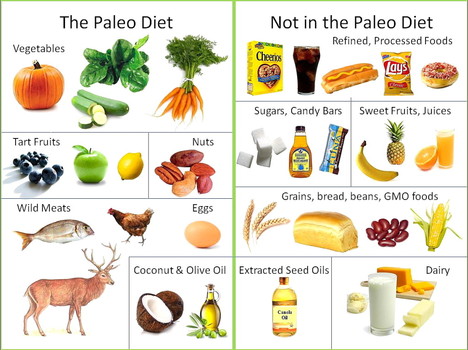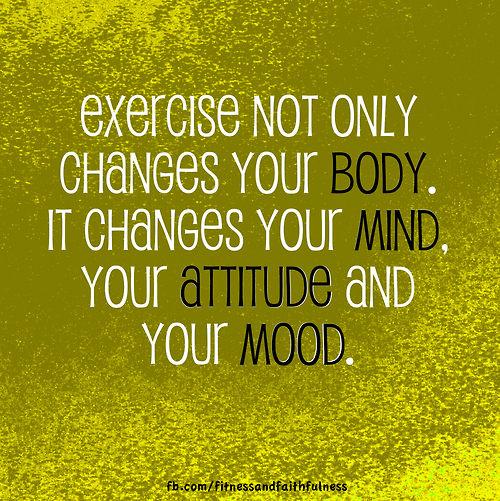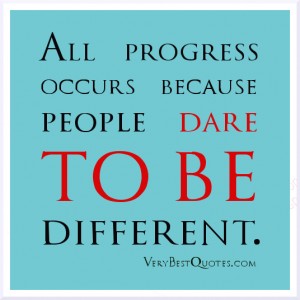 It’s one thing to say things are going to be different. It’s another thing completely to have them BE different. Don’t go out there and just expect it to be different. The world will not have organized itself around your choices about your life! Make your circumstances different and you will make you different.
It’s one thing to say things are going to be different. It’s another thing completely to have them BE different. Don’t go out there and just expect it to be different. The world will not have organized itself around your choices about your life! Make your circumstances different and you will make you different.
Prepare yourself for the situation as you know it exists out there and you won’t be disappointed.
Creating the Environment
The Purge
You must change your surroundings to make them different than they have been up until now. Throw away all food items that donít support your success ñ cookies, pasta, bread, crackers, etc. They should not be there when the craving strikes. Youíll also want to look for things that have sugar that you weren’t even aware of! This isn’t magic- This is pure practicality.
Shopping
Buy your food on a regular basis and shop with intention. Don’t even venture into the middle of the store. The only things that you should need for this challenge are on the perimeter – meat, produce, nuts and seeds, etc. The closest you should get to an aisle is to buy olive oil.
Make a list and stick to it like a promise to your grandmother. Once you’ve cleared out the kitchen don’t put any junk back in!
Shopping
Remember to READ LABELS -there are sugars where you don’t expect them, especially in marinades and cures for meats.
Weekly Prepping and Cooking
Prepare like you are a restaurant chef. When you leave for work or come home at night, it will make a big difference if you can open your fridge and have what you need at your fingertips.
• Open, dry, season, and cook (roast, grill, sautÈ, poach) all meats.
• If you want to be able to cook hot dinners, donít season or cook, but portion the meat our for what you will use in a dinner
• While meat is cooking, chop and prepare all vegetables. Save as much raw as you want to make salads or cook at dinner. You can cook lots of stuff now -asparagus, peppers and onions, sweet potatoes, roasted tomatoes, etc. Make putting a meal together as quick and painless as possible. There will be a learning curve here. Don’ t expect that your first try will take an hour or two. It will get better over the course of weeks.
Eating Out
Eat something before you go out to take the edge off. This applies to going to a restaurant OR a party — ESPECIALLY a party. Don’t go out hungry.
Ask questions at the restaurant. Be that guy. You want to ask about sugar, soy, grains, etc. This is about ownership and clarity. If you can start being clear for yourself about the choices you are making, you can start seeing real results!
Strategy
Don’t do this alone
Form partnerships or teams to support each other. Your mind is a dangerous neighborhood, don’t go there alone!
• Make weekly promises to each other and use each other to have conversations to make sure you keep your promise. Your friends can talk you off the ledge when it gets bad.
• Lean on fellow challengers to vent, complain, get advice and guidance
• Create a food co-op – have pot lucks and cook enough that everyone can take some home. Invite enough people that you have enough for lunch or dinner for a week (or both!).
Working Out
Daily workouts are about consistency, not intensity. You should continue to do your CrossFit workouts as usual, but find some time every day, 10 minutes at least, to be active – jog, bike, hike, yoga, sit ups, whatever. Do it to instill that health and fitness is a daily commitment and that it doesn’t come down to going to the gym 2-3 times per week to fix everything that you did wrong in your life.
Goals
Set milestones for yourself. Create short term goals so that you can have victories all along the way. There will be weekly challenges for you to take on, but you can create any kind of marker for yourself that you choose.
Where do you want to be 2 weeks in? What can you do each week to celebrate victory?
What do you want to have halfway through? The more you have to look forward to on a short term basis, the quicker the long term will arrive.
Make a promise. What is success in this challenge going to look like? Make a promise to yourself and share it with someone else. Keep that as your motto, mission statement, mantra, whatever. And make it something that you are excited about. When this is over I will have the energy to __________! When I complete this, I am going to treat myself to _______. And do it! It doesnít just have to be food. This is a big deal, reward yourself.
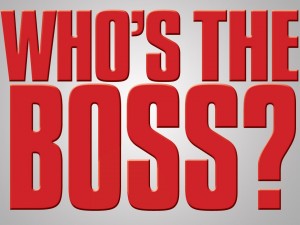 Ahh, the scoreboard. Is there anything more potentially confronting than in your face assessment of your day-by-day performance? You are going to be looking at what you do each and every day and reporting how every day went. And you may be looking at this saying, “I already KNOW I’m going to lose points, maybe every day, so what’s the point of playing?”
Ahh, the scoreboard. Is there anything more potentially confronting than in your face assessment of your day-by-day performance? You are going to be looking at what you do each and every day and reporting how every day went. And you may be looking at this saying, “I already KNOW I’m going to lose points, maybe every day, so what’s the point of playing?”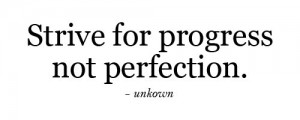 This challenge is going to help you be present at the moment of choice so that the choices you make ARE choices and not just reactions — to hunger, moods, cravings, desires, tradition, emotions. Don’t resist taking it on because you know that you aren’t going to be Mr or Mrs. Perfect.
This challenge is going to help you be present at the moment of choice so that the choices you make ARE choices and not just reactions — to hunger, moods, cravings, desires, tradition, emotions. Don’t resist taking it on because you know that you aren’t going to be Mr or Mrs. Perfect.

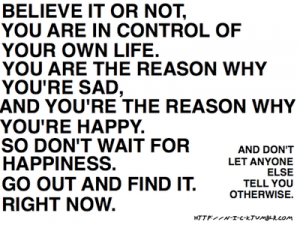
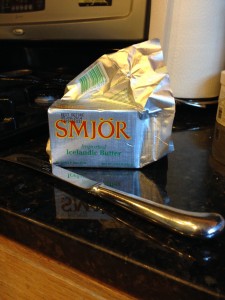

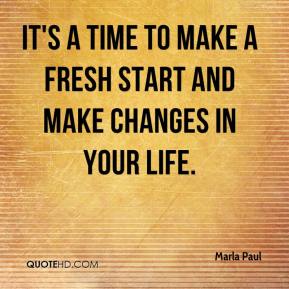
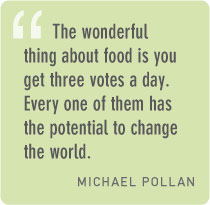 Each time I have led one of these challenges, I am asked about recipes or certain foods, whether found in a “paleo” cookbook or online and whether they are or aren’t allowed. Most of the time, the point of contention and discussion came down to whether an ingredient was “natural” or “refined”.
Each time I have led one of these challenges, I am asked about recipes or certain foods, whether found in a “paleo” cookbook or online and whether they are or aren’t allowed. Most of the time, the point of contention and discussion came down to whether an ingredient was “natural” or “refined”. 